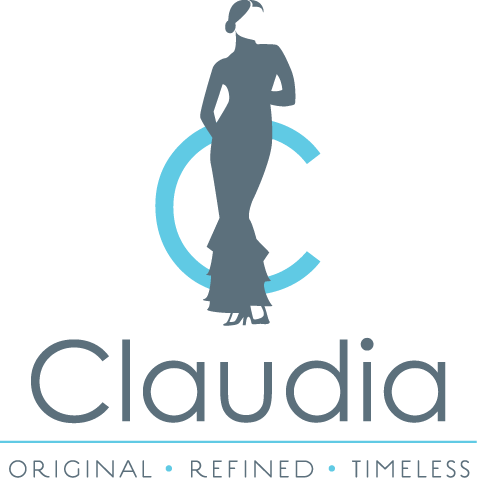Color
Color is an important factor when developing, editing, and adding to your wardrobe. It is part of what you enjoy wearing, what makes you look your best, and how you express your personal style. While it says a lot about who you are to others, choosing the colors that are best for you says even more! By knowing your best colors, it is easy to get dressed.
The fashionable woman wears clothes. The clothes don’t wear her. – Mary Quant
Isn’t black the ultimate color which is great for everyone?
“Everyone looks good in black.” is not always the case. Many people do not look their best when wearing black. In fact, they can appear washed-out or too harsh, needing to select a different neutral as a foundation for their Wardrobe Basics and backgrounds for prints and patterns. Yes, there are other neutral colors. These include: black, brown, navy, grey, olive, khaki, camel, white, and ivory.
When you wear neutrals, whether your best or worst, consider both the placement and amount of the neutral in the garment. If you must wear a garment that has an unflattering neutral, minimize the amount of the neutral color and place it further away from your face.
Black and white might be sufficient. But why deprive yourself of color. – Christian Dior
What are the important factors in choosing the colors in my wardrobe?
It is important to know how much saturation of each color is best for you. Saturation is the aspect of a color that can make it look wonderful on one person and unflattering on another person, and can even appear to be a very different color and or change the color of one’s skin tone. For most people their best saturation level remains the same, no matter the color of a garment or accessory. This alone demonstrates how essential saturation is to a wardrobe. In fact, most people will talk about whether they prefer pastels, jewel tones, deep, or neon bright colors. Rather than talking about the color itself (i.e., red, orange, yellow, green, blue, indigo, violet, white, black, brown), they are talking about saturation.
The tones of gray, pale turquoise and pink will prevail. – Christian Dior
Saturation also refers to the intensity of the color/pigment. Think about the colors that make you look “too” pale, washed out, plain, or even ruddy. It is likely that the saturation of the color is at work – this time to your disadvantage. The saturation of every color can range from a pale or pastel version to a neon bright. For example, the color pink ranges from blush to fuchsia. Blue ranges from wedgewood to cobalt. These are all different variations of pink and blue, but they are still pink and blue at their heart. It is the saturation which can make one color within the same family different from the other. Just as you would pay attention to the saturation of a color when selecting paint for a room, wood for cabinets, floors, furniture, or the brightness of an upholstered piece, saturation is an essential consideration in your garment, accessory, as well as hair and makeup choices.
When in doubt, wear red. – Bill Blass
Another factor that differentiates people from each other is the tone. People’s skin and hair have various tones. We often refer to being either a “warm” or “cool” skin tone. Warm tones tend to have a yellow base and cool tones tend to have a blue base. While these tones are in your own skin and hair, you have to consider the same tones of the colors in your garments. By knowing if you have warm or cool tones, then you can select colors with the same tone – they will be flattering to you.
Vain trifles as they seem, clothes have, they say, more important offices than to merely keep us warm. They change our view of the world and the world’s view of us. – Virginia Woolf
Metallics include gold, silver, rose gold, bronze, copper, gunmetal, and combinations of them. Within each of these metallic colors, there are different tones and saturations. In the same way a color is chosen, certain metallics will be more flattering than others.
When treating a metallic as a neutral in a garment, it must be one that flatters you. In your accessories, there is more room for mixing metals as the accessory is often the personalized or splash of focused attention in an outfit. However, when doing a mix of metallics, make sure that the dominant color is in your best tone. When investing in your wardrobe, always choose a metallic that is your best. For example, if you are a warm toned person, yellow gold may be your best metallic. Therefore, purchasing expensive items in cool tones such as platinum, white gold, or silver may not be the best option.
The best color in the world is the one that looks good on you. – Coco Chanel
You may be familiar with the concept of “Season by Season” colors used to find your best color pallets. While this approach is useful, it is equally limiting. Sorting one’s self into four categories does not take into account changes in hair color, skin tone, and the intensity, tone, and saturation of colors in available fabrics. There are many instances where someone’s favorite color or a special garment might have a color not in their “season.” There are ways to wear and place those colors so that the person not only looks their best but also enjoys these special pieces and colors.
Don’t be into trends. Don’t make fashion own you, but you decide what you are, what you want to express by the way you dress and the way you live. – Gianni Versace
